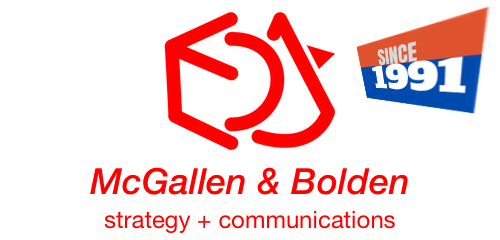Every time your C-suite executives step on stage at a media conference or event to speak, the likelihood is that their speeches are written by some other people. So, what would make a good speech, and how should you approach writing one?
Let us offer the 5Cs of a good speech.
1. Conversational
The worst speeches are read off word by word from a script. So, don’t. If you are writing a speech as an executive, or helping your C-suite write one, write it differently than you would writing for a news release or case study. Write it like a letter to your friend. Make it approachable, and make it read and sound like a conversation. Learn from television series writers who write plenty of conversations, rather than pompous and boring keynote scripts. When you are done, it is wise to read it yourself, and face the mirror doing it. Don’t worry, the first few times are awful moments. With practice, you will get better at writing speeches that sound and read conversational.
2. Captivating
Don’t approach a speech like a scientific paper. As a scientist myself, I would write differently when I write for a scientific paper, and when I would write a speech. A scientific paper is supposed to be full of supporting facts, and meant for critique from peers. However, a speech is meant to stir emotion, win over people, motivate and even inspire them, and hope for a positive change in people. Your speech should be written to dance in tandem with the subtext and gestures of the speaker, and in turn, engage the audience to fix their gaze and mental attention on the speaker. It is as much a stage performance as it is informative.
3. Contextual
Context brings us closer to people. When we speak to engineers, we need to speak their language. When we speak to physicians, we need to speak their language. Even humor needs to be contextual. A humor that appeals to physicians may find deaf ears and blank stares from engineers. Write a speech with as local a context as you can. For example, if you are speaking to a Taiwanese audience, you would endear yourself sooner with anecdotes and examples from the local communities. Context, is key.
4. Centered
For every speech, it needs to be centered on a theme or topic, where the introduction must engage the audience’s curiosity, and the conclusion must resoundingly bind the audience to converge on this theme or topic. So, write the speech with an opening and a conclusion that is a closed loop. Never meander in the speech, but always focus and be coherent on the main theme. Repeating is often one of the best ways to remember something.
5. Commanding
The best speeches are commanding in stature. Every great orator was commanding in tone, commanding in words, and commanding in purpose. Sir Winston Churchill gave the speech “We shall fight on the beaches” to the British House of Commons on 4th June 1940. Nelson Mandela gave a three hour speech on 20th April 1964 and spoke with conviction his commitment to struggle of his people. And who can forget Nobel laureate Reverend Martin Luther King Junior’s speech on 28th August 1963 “I have a dream.” Closer to our time frame, the late Steve Jobs speech at Stanford University in 2005 and said “Your time is limited, so don’t waste it living someone else’s life.” You get the drift. Write your speech to compel and command.
Leaders often had to stand up to speak – to speak to stakeholders, to speak to the community, and perhaps even to speak to the world. And the little note paper which the speech is based from with bullet points, has to be the instrument for the leaders to pace through a short sprint of words and gestures that would engage and inspire all who lent their ears. So, write your speech well, and write it for people.
###

Dr Seamus Phan – Global C-suite Publicist & Strategist (Biochemist, Cybersecurity & Webdev pioneer, Author, Journalist) with 37 years of professional field experience.




